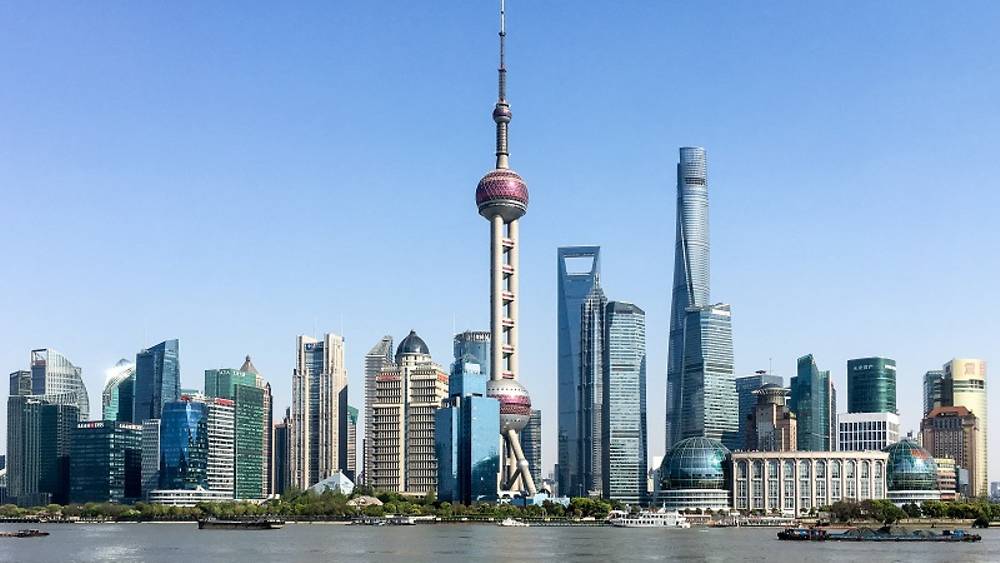Cargo news


Why 15 years of direct flights is not the only huge milestone Finnair Cargo is celebrating in Shanghai this year
Small enough to fit into Finland fifty times over, Shanghai nonetheless has more than four times Finland’s population. It’s a gigantic market in and of itself, but just as importantly, it is strategically situated in eastern China, within trucking distance of many of the country’s other megacities – and just a short flight from Japan and South Korea.
Finnair Cargo recognised Shanghai’s potential long ago, and 2018 marks the fifteenth anniversary of the start of direct Helsinki–Shanghai flights.
“Shanghai is the most international city in China,” says Tomi Asikainen, Finnair Cargo’s Sales Director for Asia. “It’s a lively, active city, always on the move, and it’s hugely important for us.”
And he should know: he’s had a front-row seat for the past fourteen years. Although he manages sales from Mumbai over to Tokyo and from Beijing down to Auckland, since 2004 he has lived and worked in Shanghai.
“The volume of cargo we ship to and from Shanghai is the greatest of any city we serve in the People’s Republic of China,” Asikainen explains. “Some cities are known for one particular thing: in Chongqing, for example, it’s laptop computers because several of the world’s biggest laptop makers have manufacturing facilities there. But the Shanghai cargo is much more varied.”
With the largest expatriate population of any city in China and with increasing numbers of Chinese now travelling overseas, Shanghai provides a high volume of passengers for the Helsinki route, but Asikainen notes that passengers and cargo follow different patterns.
“Passengers tend to book their tickets weeks or even months in advance. With cargo, lead times are quite tight: 48 hours before a flight, we’re still empty. Then the orders start to roll in: high tech, garments, pharmaceuticals, commodities from A to Z – from asipilin (aspirin) to zixingche (bicycles). It can get a bit crazy,” he says, adding that there are certain circumstances that are simply beyond control.
“For example, international politics has the potential to impact our cargo volumes. And then there are the typhoons,” he says, referring to the massive storms that swirl around the Chinese seaboard several times a year, sometimes grounding flights for a day or two and delaying passengers and cargo alike.
But “hectic” can be a good thing, too. “Last year was phenomenal for us,” says Asikainen. “Shanghai has grown to become the third biggest point on the entire Finnair Cargo network, accounting for 11 per cent of our total revenue.” He notes that since the Airbus wide-body A350-900 was added to the Helsinki–Shanghai route in 2015, fuel consumption is down 24 per cent while cargo capacity is up 20 per cent – and revenue has jumped by 30 per cent.
“The A350-900 needs nine hours of flying time and two hours of turnaround time, meaning that we can do an entire round trip in less than twenty-four hours. Even though we fly daily, we need only one aircraft to operate our Shanghai route. No other European carrier can say that,” Asikainen says with pride.
As Finnair Cargo celebrates fifteen years of service to Shanghai, it also looks ahead to the next fifteen years. There will almost certainly be ups and downs – typhoons of the meteorological variety and of the political variety – but the importance of Shanghai as a Finnair Cargo hub seems unlikely to change. As Finnair Cargo Managing Director Janne Tarvainen says, “Shanghai will continue to be one of the jewels in our crown.”